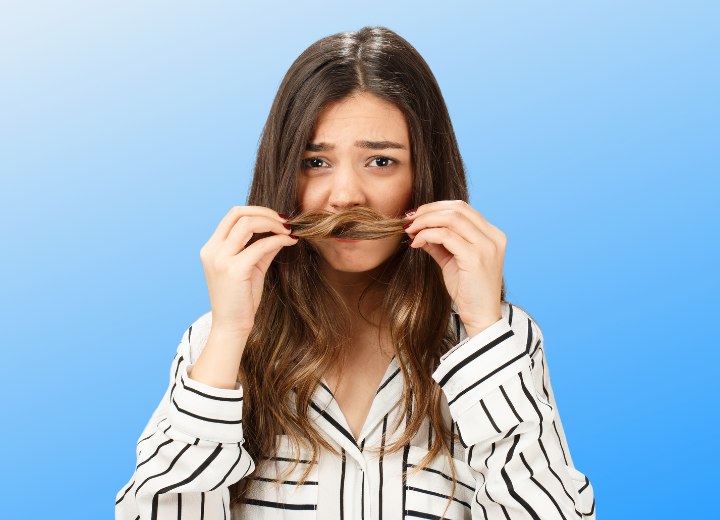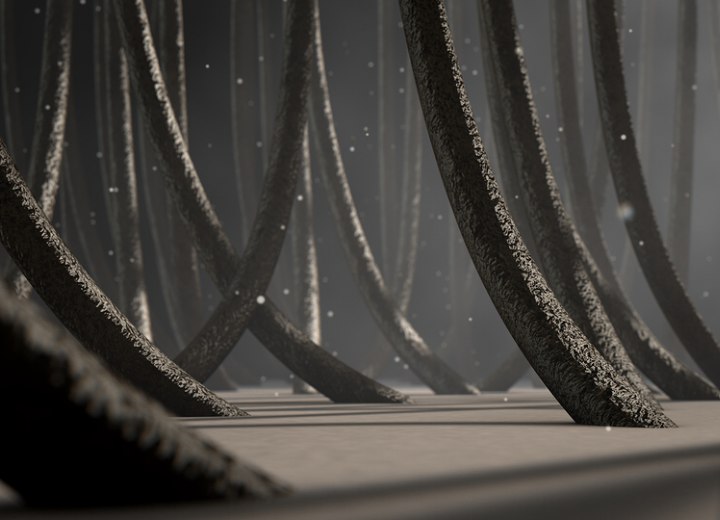Build-Up in Hair

It is all about making a dollar and it is quite easy to prey on those who feel that their hair is their most valuable asset. Companies can say a buzzword like "oil" and we immediately run out to purchase their product to eliminate this supposed oiliness that they speak of because clearly, this is bad for us and we need to get rid of it ASAP.
Dandruff is not something that anyone is walking around with, so happy that they have it. Those pesky little white flakes can be uncontrollable and obnoxious and prevent you from wearing your favorite darker shirts, dresses, or jackets. You think that everyone can see it, especially if you have darker hair, and it can make you extremely self-conscious and, along with that, make you feel somewhat dirty.
Dandruff is anything but dirt, so let's start with what it is: the oil from the scalp causes skin cells to clump together, resulting in the white flake effect. It can also be attributed to dry skin; a sensitivity to hair products (not uncommon at all, some can cause an itching reaction); a skin condition such as psoriasis or eczema; and/or an overgrowth of yeast.
So, technically, if you already have a skin condition on your body like psoriasis or eczema, which are very common, it can affect your scalp, thus giving the appearance of typical dandruff when, in reality, it is actually something else. If you are noticing patches of white dead skin and have tried anti-dandruff shampoos or you know that you have a preexisting condition, you may want to consult your dermatologist who will find the most gentle yet effective treatment for whatever is plaguing you. You don't have to live in white and lighter colors forever, trust me.

Here are a few of these underlying ways that dirt can sneak in and be a pain in the hair: chlorine (always shampoo your hair after you leave the pool); hard water; dirt and oil which can be found in the environment as you walk through your daily life and do your everyday activities; shampoos with silicone (read those ingredients labels); and extreme infrequent washing.
Not washing your hair too often is a good thing, which we will talk about soon but exceeding two weeks or fourteen days is a definite no. Make sure that you are aware of what is entering your hair, aside from styling products so you don't fall into an unnecessary build-up trap. Now, onto how often you should shampoo your hair!
There has been a recent movement where women are sharing their stories of how they stopped shampooing their hair completely, and they saw these miraculous results. I'm not one to knock someone's personal choices at all, but after doing some research, I have learned how often one should shampoo their hair, and a lot of it has to do with the hair type.
Continue reading ...